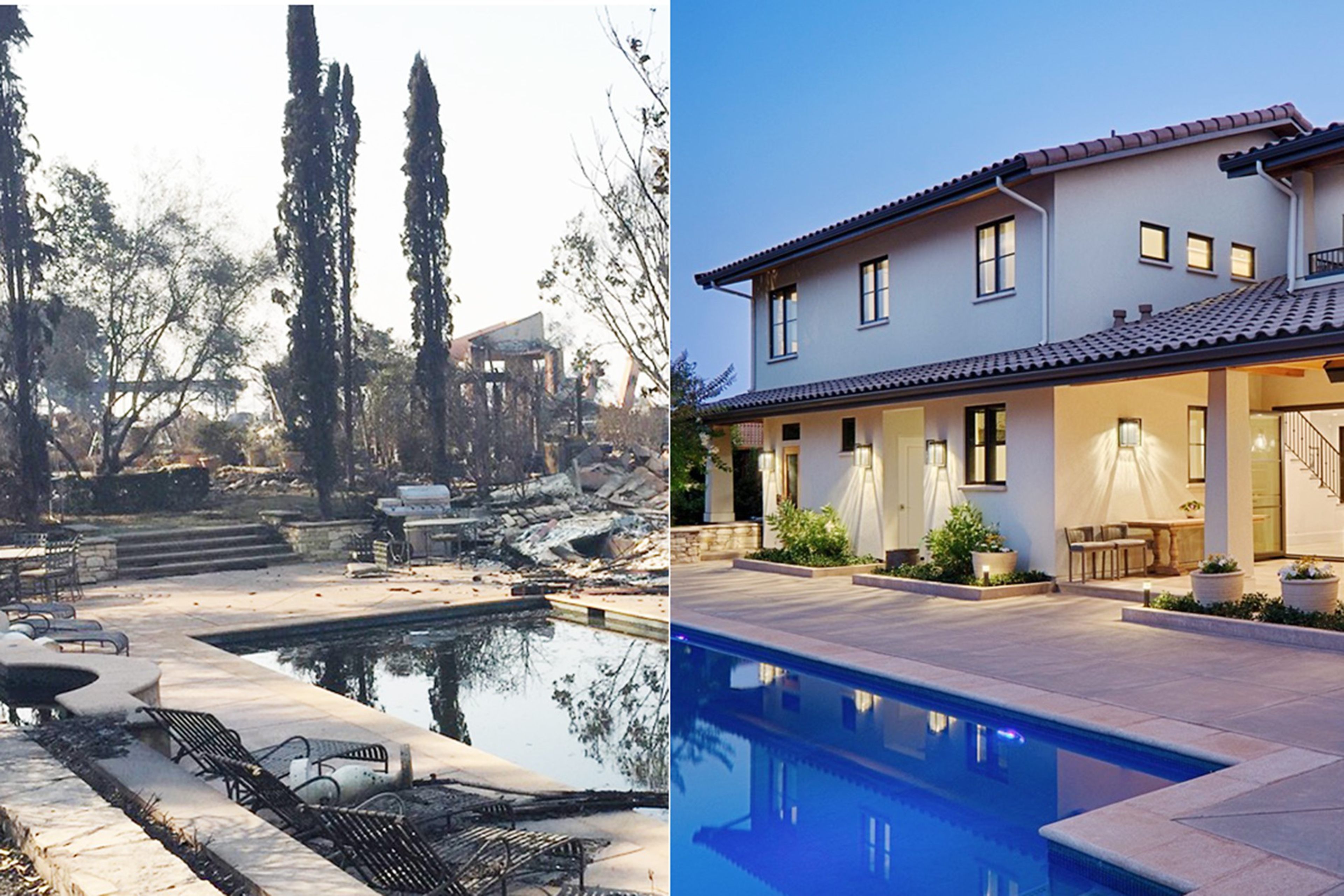After Lynne Wallace watched her house in Santa Rosa’s Fountaingrove neighborhood burn to embers in the October 2017 Tubbs Fire, the question on her mind wasn’t whether to rebuild but how quickly she could do it.
The scale of the destruction for what at the time was the most destructive wildfire in California history was just beginning to become clear. All told, the blaze destroyed more than 5,600 structures and led to 22 deaths.
One of the first calls she made with her home still smoldering was to local contractor Shook & Waller Construction. Understanding the wide-scale reconstruction effort that would take place in the coming months and years, Wallace, a longtime insurance broker, struck a deal.
She would act as an “insurance concierge” for the company’s clients if they put her at the front of the line to rebuild her home. It worked.
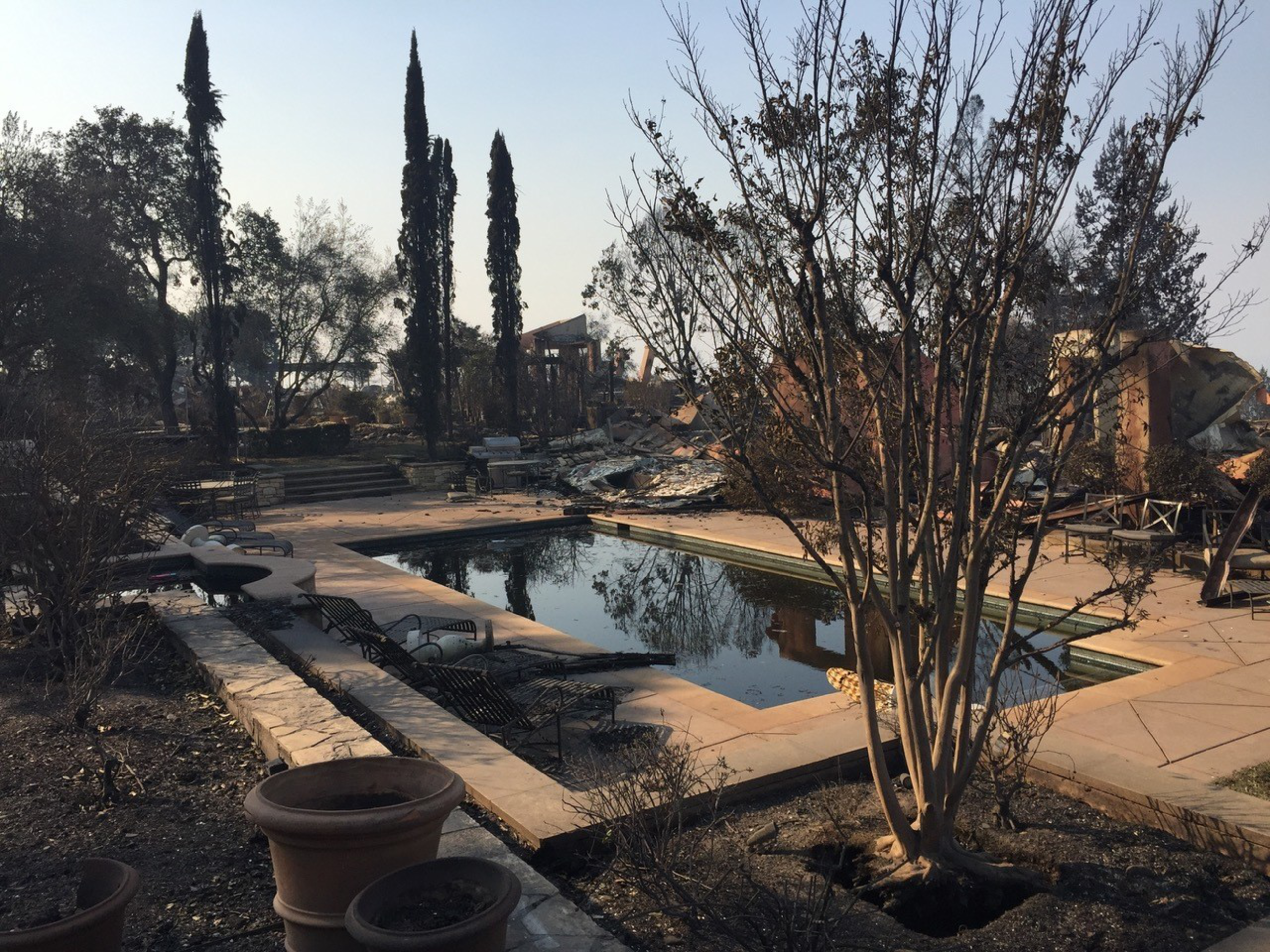
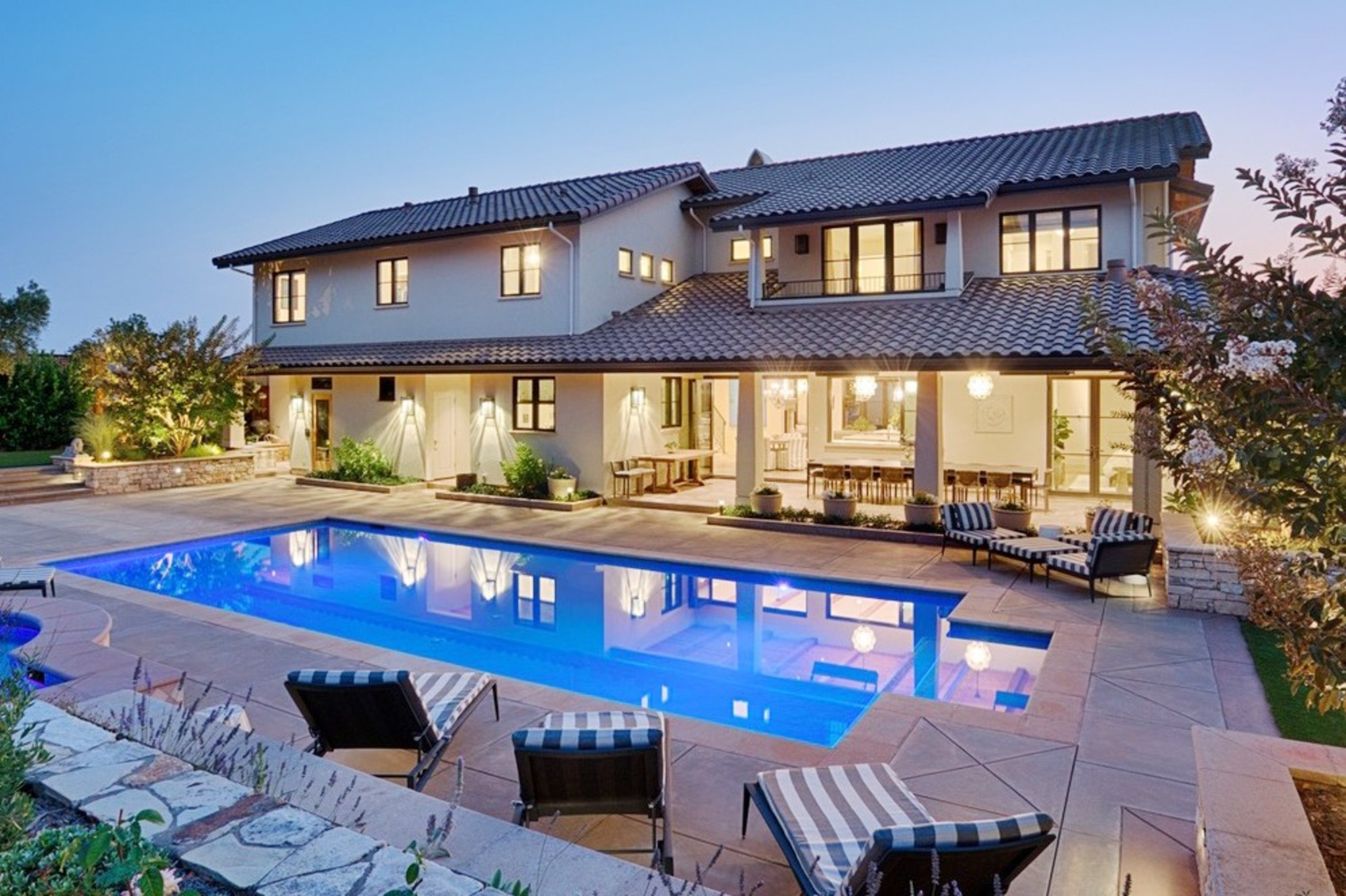
“We were the first permit pulled out of Santa Rosa in Fountaingrove,” Wallace said.
As new blazes spark across Northern California, marking the beginning of a fire season after two years of relative reprieve, those who have rebuilt after ruin are relying on new fire-hardening techniques and technologies, along with some crossed fingers to keep their properties safe.
The reconstruction process for her home was finished in August 2020 and Wallace and her husband moved back in. The timing turned out to be less than fortuitous. During the first night in their new home wildfires again burned in the distance.
“We were getting ready for bed and as we looked outside the window you could see the flames,” Wallace said. “I realized at that point I had a little PTSD, so we packed and went back to stay in Sebastopol with family.”
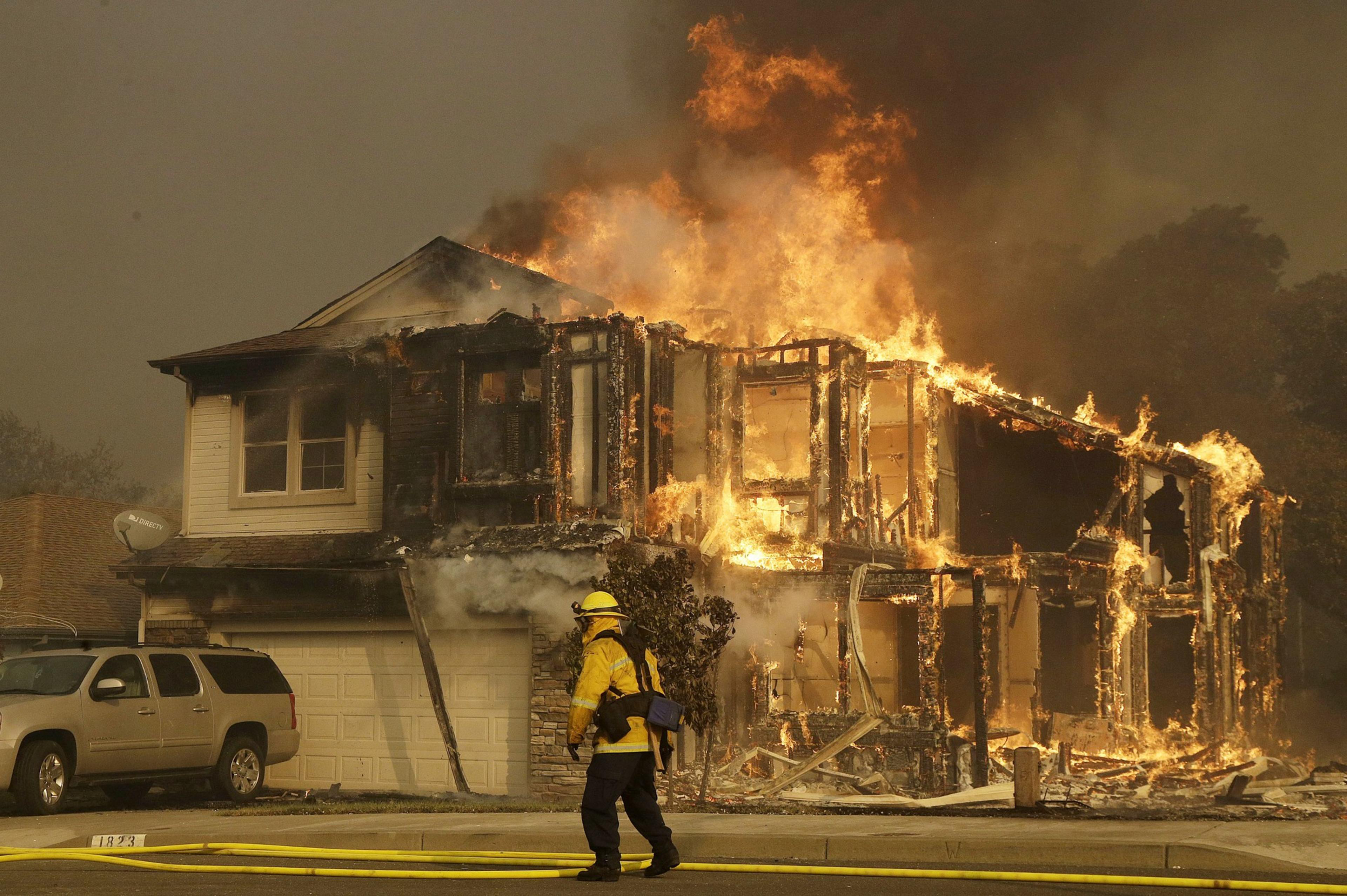
Living with wildfires is simply a way of life in Sonoma County, but one thing that Wallace takes solace in is how firefighters have become themselves hardened in the ways of protecting property and people.
“Things are different now. In 2017, the strategy was get everyone out and let the whole thing burn,” Wallace said. “The joke now is that when a backyard barbecue fire is lit, the planes are in the air within 10 minutes.”
The interior of her home is now fully sprinklered. Formerly open eaves are closed and fireproofed, the house itself has a stucco exterior and a tile roof that is fire-hardened. All in all, she feels as confident as she can be that she’s protected.
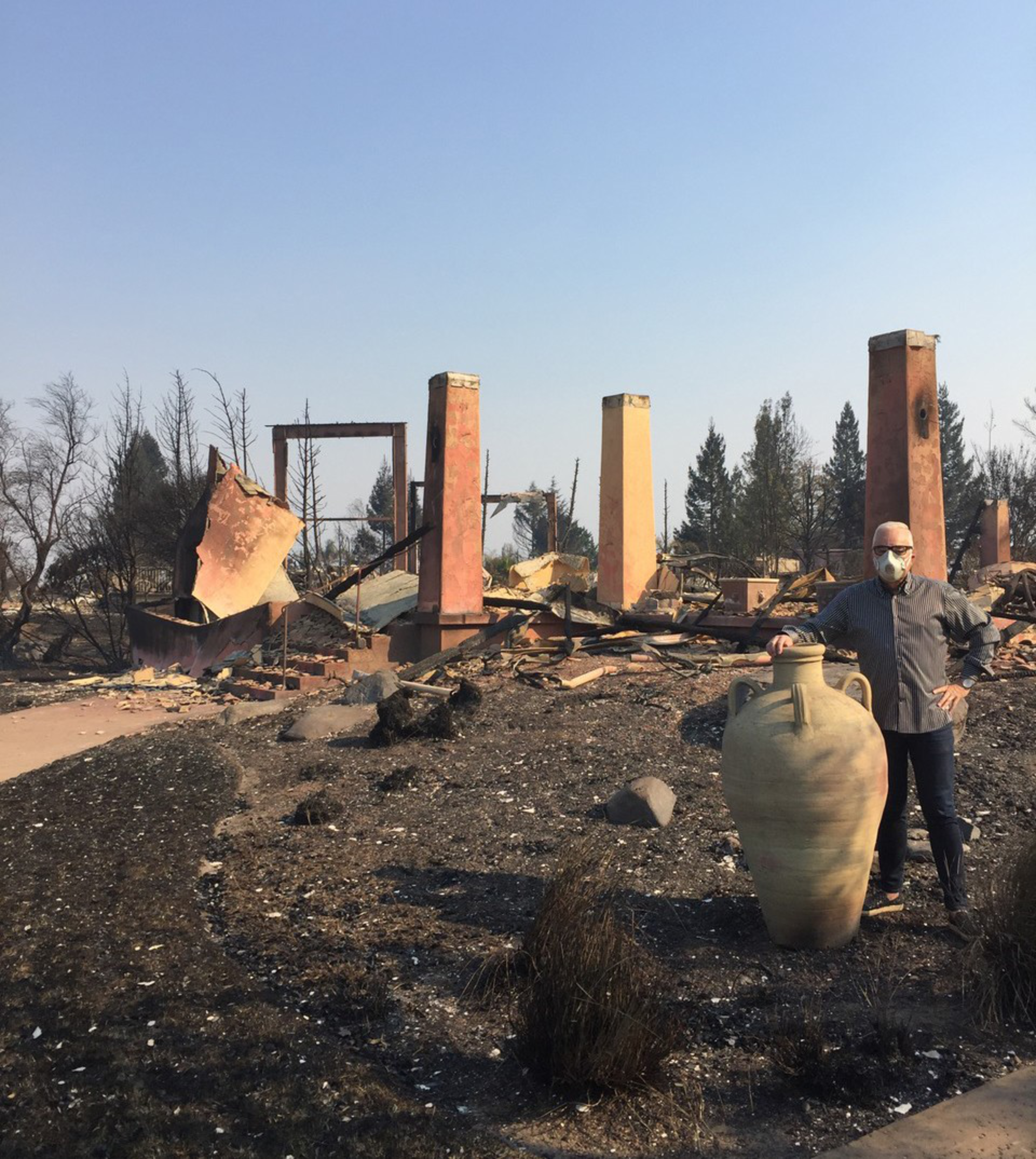
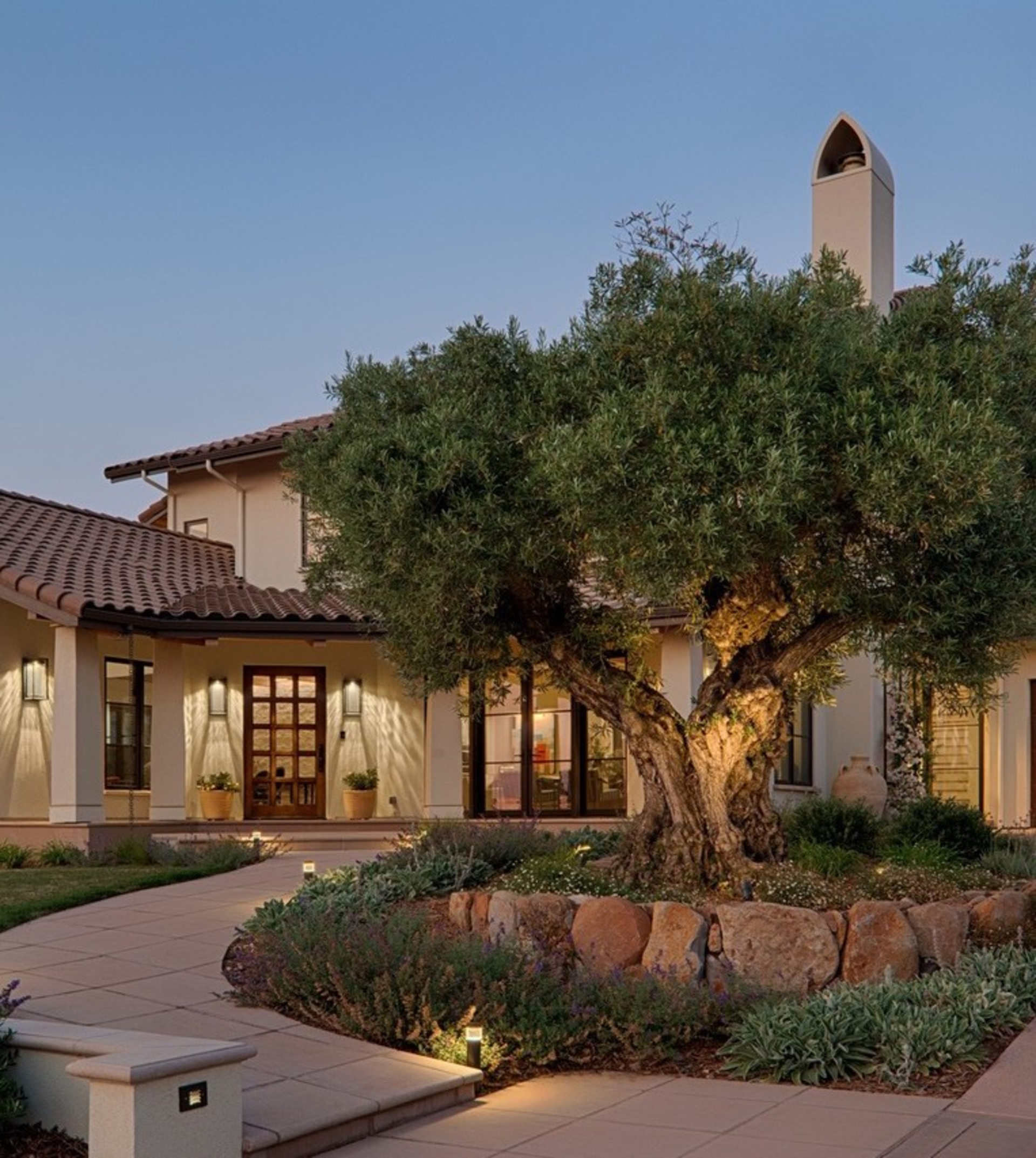
“The biggest thing I learned is that I now know that things do happen. We need to recognize that reality, but why live here if you’re going to be in fear all the time?” Wallace said. “I trust the system, but I don’t hold onto things as tightly as I used to.”
A diaper-inspired defense
As a child, John Bartlett grew up responding to blazes with his fire captain father in Florida.
Decades later, while putting out a trash fire as a firefighter himself, he pulled a wet, stinky, but unburned diaper from the remains. After researching the chemistry within the diaper, Bartlett created a viscous fire gel he calls Barricade that can coat a home and holds water on the surface longer as a form of fire protection.

Recently, his company has launched a new pressure washer system that makes evenly coating homes with the product easier.
Bartlett said he’s seen demand for his product grow in California with the increasing wildfire risk. His main brick-and-mortar outlet in the state is Primo Supply, a firefighting equipment retailer located in El Dorado County.
A sales representative at Primo Supply said Barricade is one of the store’s top sellers, along with a foam-based flame retardant known as Flame-Foam and fire pumps that increase the discharge pressure of water sources.
Another product that has become a near-ubiquitous fire protection technique is Vulcan-brand vents that allow for adequate airflow into a home during normal conditions, but expand and block off embers when exposed to extreme temperatures.
Mario Tamo, the managing partner at Shook and Waller Construction in Santa Rosa, said his company has completed the rebuild of around 100 homes that were destroyed by wildfire in the last few years.
While there are more drastic measures that some homeowners are undertaking, including novel homebuilding materials like steel framing or insulated concrete that are more fire-resistant, those are far and few in between, Tamo said.
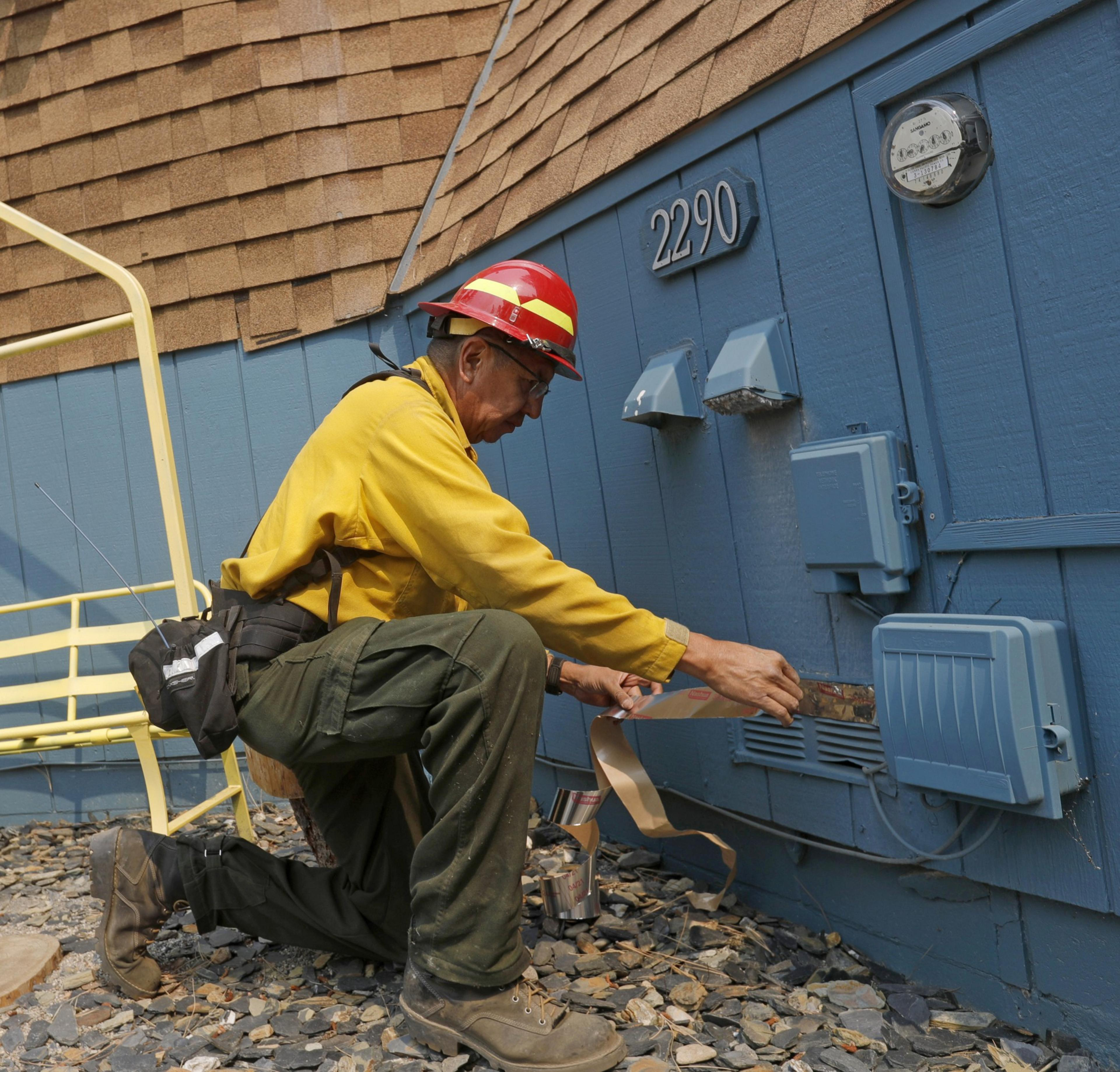
“Ninety percent of all fire hardening we’re seeing is in landscaping and the exterior of the home, including stucco siding, shorter eaves and metal roofing,” Tamo said.
In contrast to the barriers to building a home in San Francisco, Tamo said permitting and entitlement for reconstruction has been a bright spot in the process. Sonoma County created a specific Resiliency Permit Center (opens in new tab) that aims to provide comments on permit applications for home reconstructions in less than a week.
According to data from the Sonoma County Planning Department, 2,548 parcels in the county had structures destroyed by wildfire since 2017 with 1,707 (67%) now seeing rebuild activity.
“Almost everybody is in good spirits and wants to rebuild and deem it as a triumph really,” Tamo said.
More frequently, the struggle is dealing with insurance claims. On that front, Tamo has recommended clients retain attorneys who can help them substantiate insurance claims and timelines and put pressure on carriers to pay out promptly.
An uncertain future
Paul Nakada purchased a 23-acre cattle farm on Chalk Hill Road in Healdsburg in 2002 as a scenic escape for him and his extended family. He and his family split their time between San Francisco and the rural property, which includes a fruit orchard, a vegetable patch and a flower garden.
In retrospect, Nakada said the ranch home, which was built in the 1970s “was more or less waiting to be burned down.” But that doesn’t mean it wasn’t a shock when his neighbor called to tell him the news that the property was destroyed in 2019’s Kincade Fire.
“What you don’t realize when they say your house burned down is that it’s like a campfire,” Nakada said. “The fire doesn’t stop until there’s literally nothing left.”
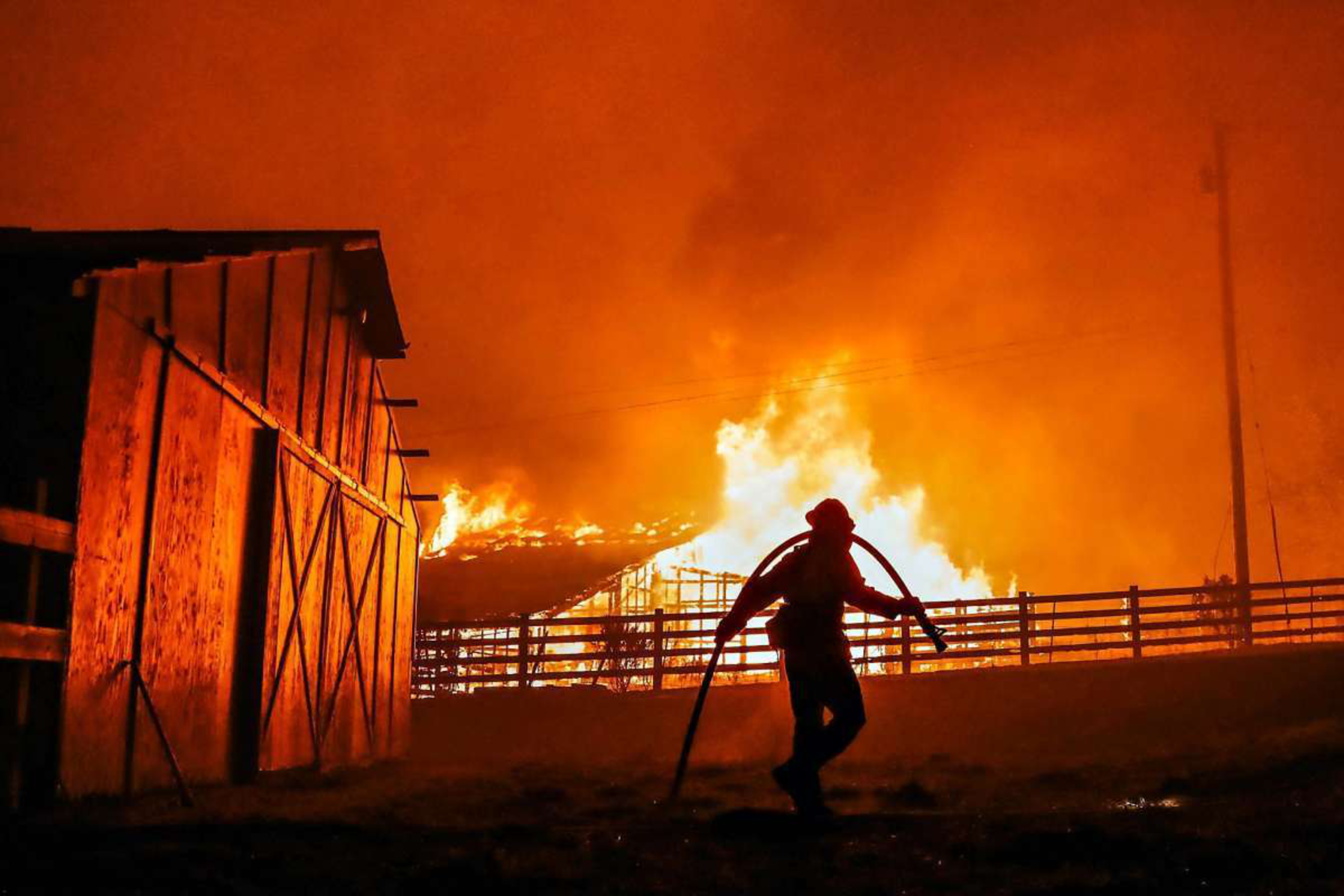
When embarking on the rebuild process, his “knee-jerk reaction” was to go as fire-safe as possible. In essence, building an unburnable fortress that would withstand the worst that nature could throw at him. He went on a tour of sorts, speaking to architects and visiting poured concrete homes across the region.
But those ideas ran headlong into reality. There was the cost of poured concrete construction—at least double what traditional construction would be—the negative environmental impacts and, unexpectedly, a musty smell nearly impossible to remove.
Instead, Nakada turned to more traditional fire-safety techniques including a stucco exterior, a steel roof and fire-scale landscaping, completing the 3,500-square-foot rebuild in November of 2022. The property’s landscaping looks a lot more like Phoenix now, Nakada said, meaning a lot of gravel, a lot more succulents and no more Redwood bark chips.

“If you want fire resistance without rebuilding you have to take some drastic and expensive measures,” Nakada said. “It’s easy to redo your landscaping when it’s all gone, but the thought of someone ripping our landscaping out and installing stuff that looks really unfamiliar is almost unthinkable.”
Nakada wryly noted that in the wake of his home’s reconstruction, his insurance carrier dropped his policy, leaving him to rely on the already-stretched California Fair plan. The start of this year’s fire season has again hit close to home with friends having to evacuate temporarily due to the Point Fire, which has burned over 1,200 acres in Sonoma County.
So would he rebuild afresh if the unthinkable happened again?
“I don’t know,” Nakada said after a pregnant pause. “It’s definitely not a firm yes.”
